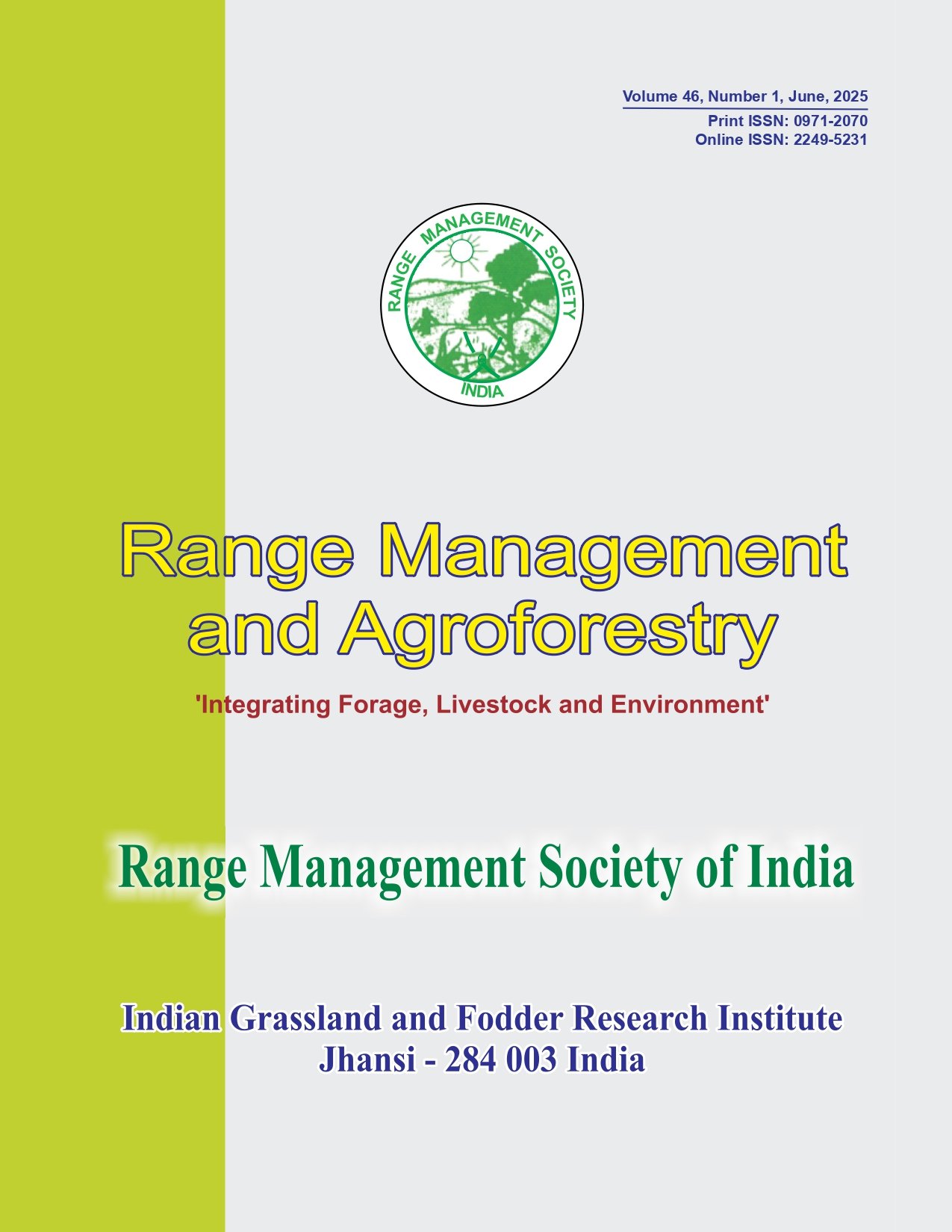Tree fodder for mitigating the forage requirement in Himalayan region
Keywords:
Anti-nutrients, Livestock, Nutritional composition, Phenolic compounds, Tree fodderAbstract
In Himalayan region, fodder scarcity during lean periods has often been associated with serious economic loses to small hold farmers. Considering this, it has become pertinent to put adequate efforts for investigating alternative feed resources with superior traits over conventional forages. Forage trees, as an alternative or supplementary feed to conventional grasses, are effective sources to overcome scarcity of fodder in some regions. Tree foliages have appreciable amounts of nutrients which keep intestinal micro flora active for digesting cellulosic biomasses. The presence of anti-nutrients in tree foliage reduces the nutrient utilization in animals and results in discontinuation of various metabolic processes in body. The level of different anti-nutrients in tree foliage changes with the seasonal variations. Hence, a better understanding of seasonal variations and antinutrients level would help the farmer to predict optimum lopping time to harvest fodder trees with minimal amount of anti-nutrients. The purpose of reviewing the obnoxious effects of anti-nutrients in this article is to keep farmer aware rather than discourage the use of tree foliage for ruminant feeding. Different processing techniques have been developed to alleviate the ill effects of anti-nutrients in animals. Beside utilization of fodder trees as an excellent feed source, they do have significant values for sustainability of different agroforestry systems. This review emphasize the need of awareness, integration, cultivation and intensification of fodder trees in local farming systems through agroforestry for improving livestock productivity and sustenance of rural livelihoods in Himalayan region.




